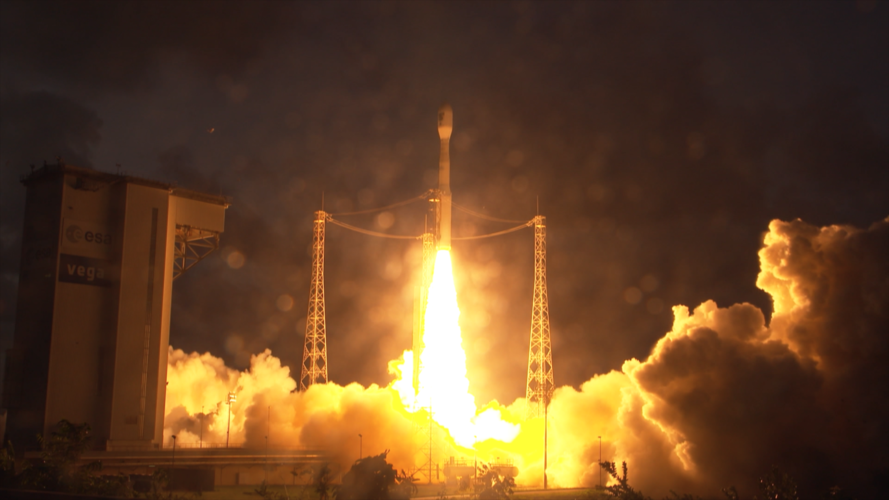China set to launch first Guowang megaconstellation satellites on Long March 5B
Wednesday, 11 December 2024 10:44
NASA sees progress in funding key heliophysics mission
Wednesday, 11 December 2024 09:02

Geomagnetic storms cause “mass migrations” of satellites
Wednesday, 11 December 2024 08:05

U.S. and Japan forge stronger space alliance to counter China
Tuesday, 10 December 2024 22:59

Intelsat 33e demise exposes vulnerabilities in the space domain
Tuesday, 10 December 2024 21:26

SpaceCom Column: The Promise and Peril of Jared Isaacman
Tuesday, 10 December 2024 19:52

NASA eyes launching SPHEREx sky-mapping mission in early 2025
Tuesday, 10 December 2024 19:29This request seems a bit unusual, so we need to confirm that you're human. Please press and hold the button until it turns completely green. Thank you for your cooperation!
Press and hold the button
If you believe this is an error, please contact our support team.
185.132.36.159 : d008a043-4122-404d-a8a8-ba9b4dcf
Ion-X raises 13 million euros to produce electrospray thrusters
Tuesday, 10 December 2024 18:30

DOMINO-E Whitepaper: New Business Opportunities in Airbus’ New Constellation for Earth Observation
Tuesday, 10 December 2024 18:00

At five years, Space Force reflects on growth, challenges and the road ahead
Tuesday, 10 December 2024 17:37

A cheap satellite with large fuel tank could scout for interplanetary missions
Tuesday, 10 December 2024 14:31This request seems a bit unusual, so we need to confirm that you're human. Please press and hold the button until it turns completely green. Thank you for your cooperation!
Press and hold the button
If you believe this is an error, please contact our support team.
185.132.36.159 : b1090402-6ac1-4cad-ba42-a14708d5
Don Claussen, ST Engineering iDirect – Commercial Space Transformers
Tuesday, 10 December 2024 14:18

LeoLabs expands space-monitoring network with radar site in Arizona
Tuesday, 10 December 2024 13:15

Vega-C liftoff and return-to-flight
Tuesday, 10 December 2024 13:00 Video:
00:04:20
Video:
00:04:20
Relive the Vega-C launch, flight VV25, from various angles.
The third Copernicus Sentinel-1 satellite, Sentinel-1C, has launched aboard a Vega-C rocket, flight VV25, from Europe’s Spaceport in French Guiana. The rocket lifted off on 5 December 2024 at 22:20 CET (18:20 local time).
Sentinel-1C extends the legacy of its predecessors, delivering high-resolution radar imagery to monitor Earth’s changing environment, supporting a diverse range of applications and advance scientific research. Additionally, Sentinel-1C introduces new capabilities for detecting and monitoring maritime traffic.
The launch also marks Vega-C’s ‘return to flight’, a key step in restoring Europe’s independent access to space. Vega-C is the evolution of the Vega family of rockets and delivers increased performance,


 Image:
Space elf on the shelf
Image:
Space elf on the shelf